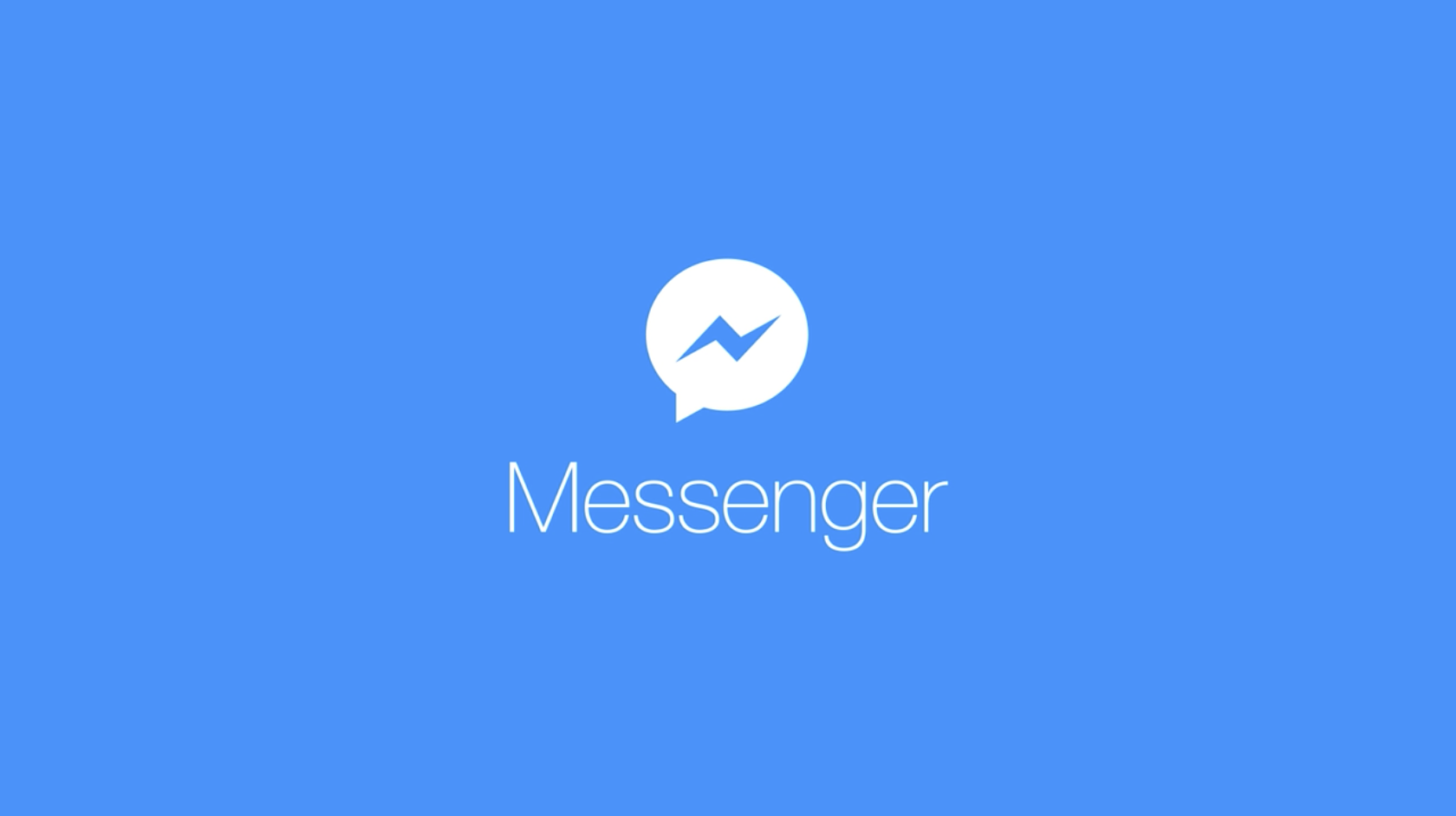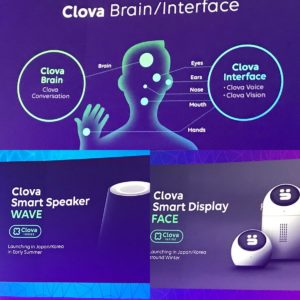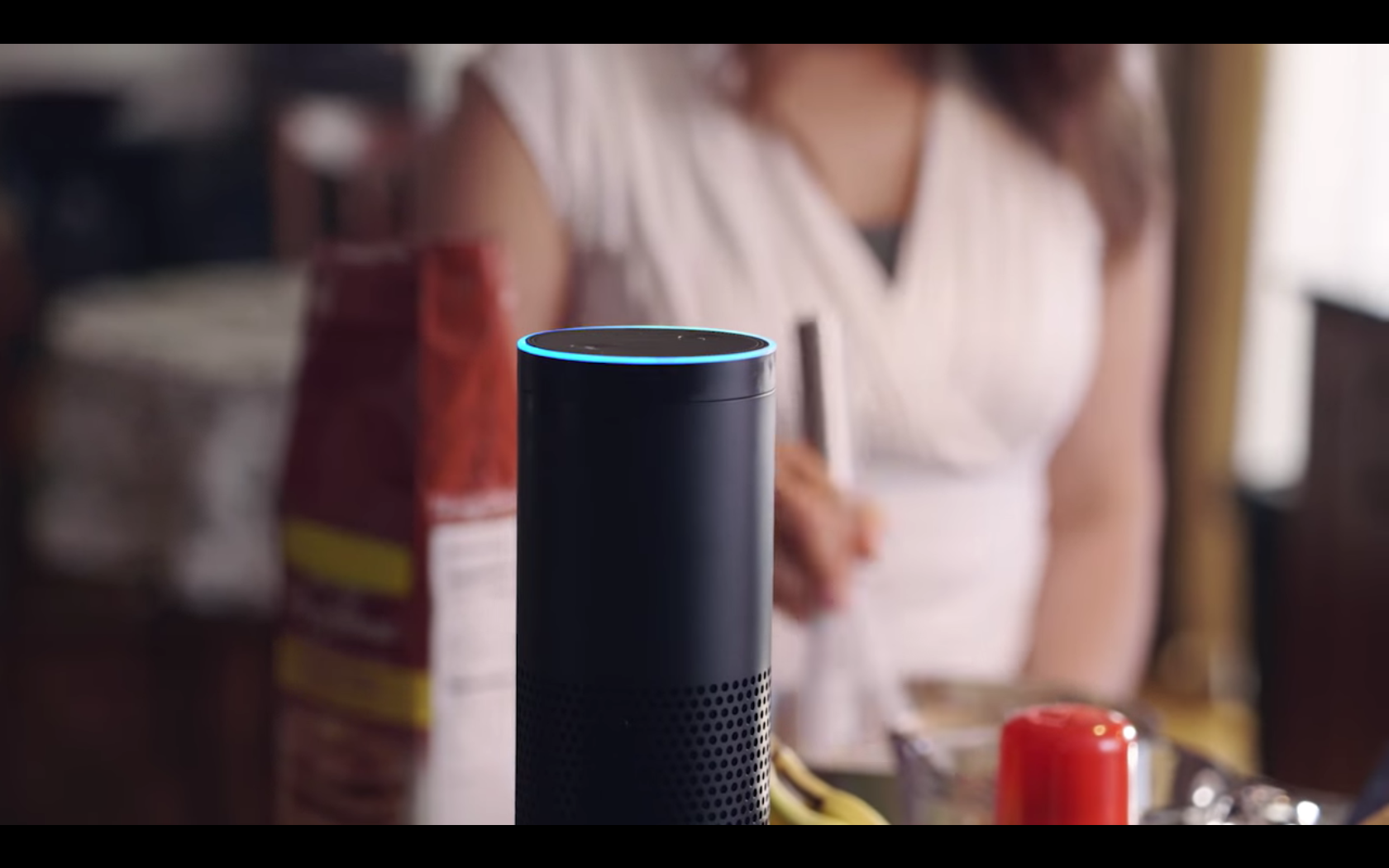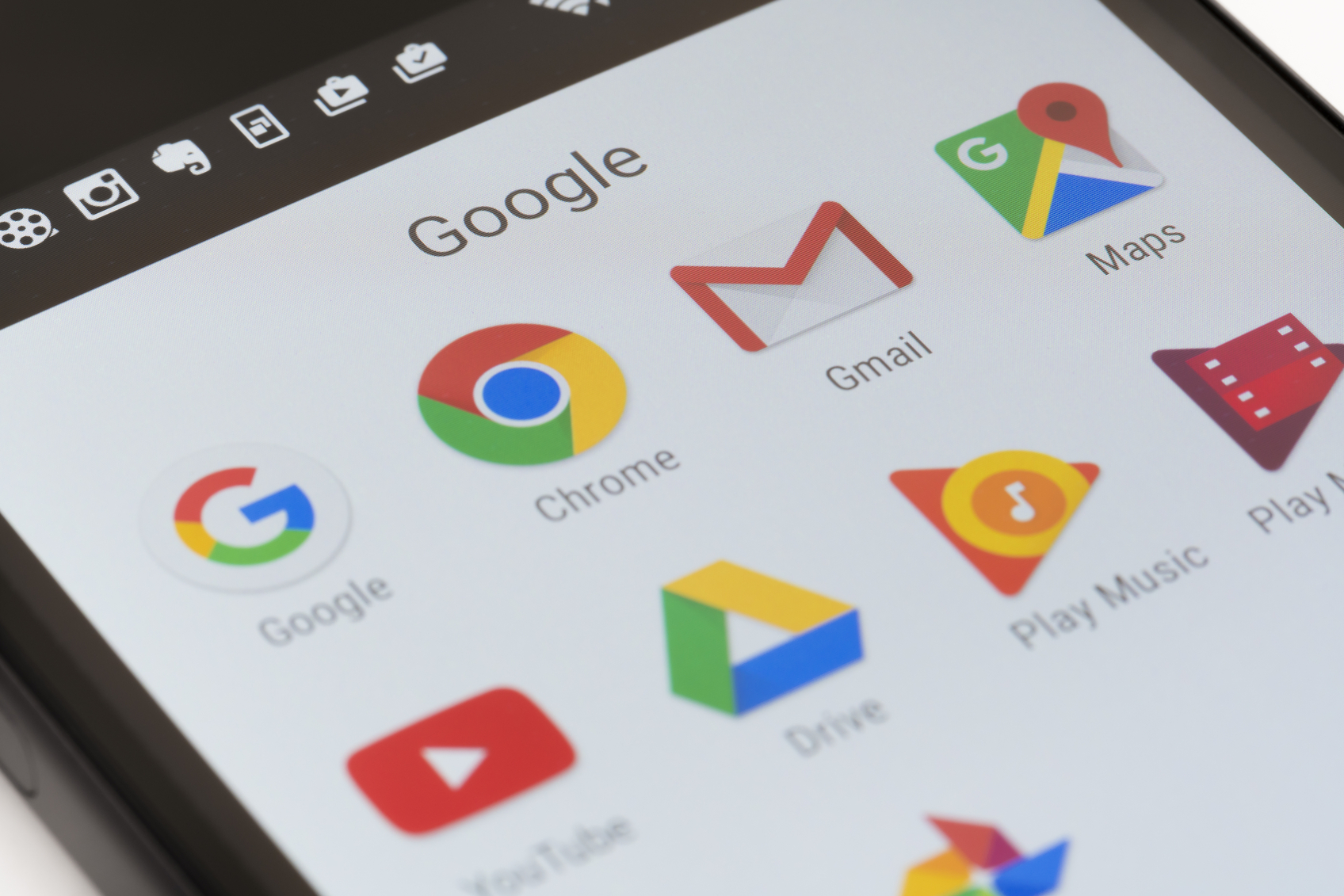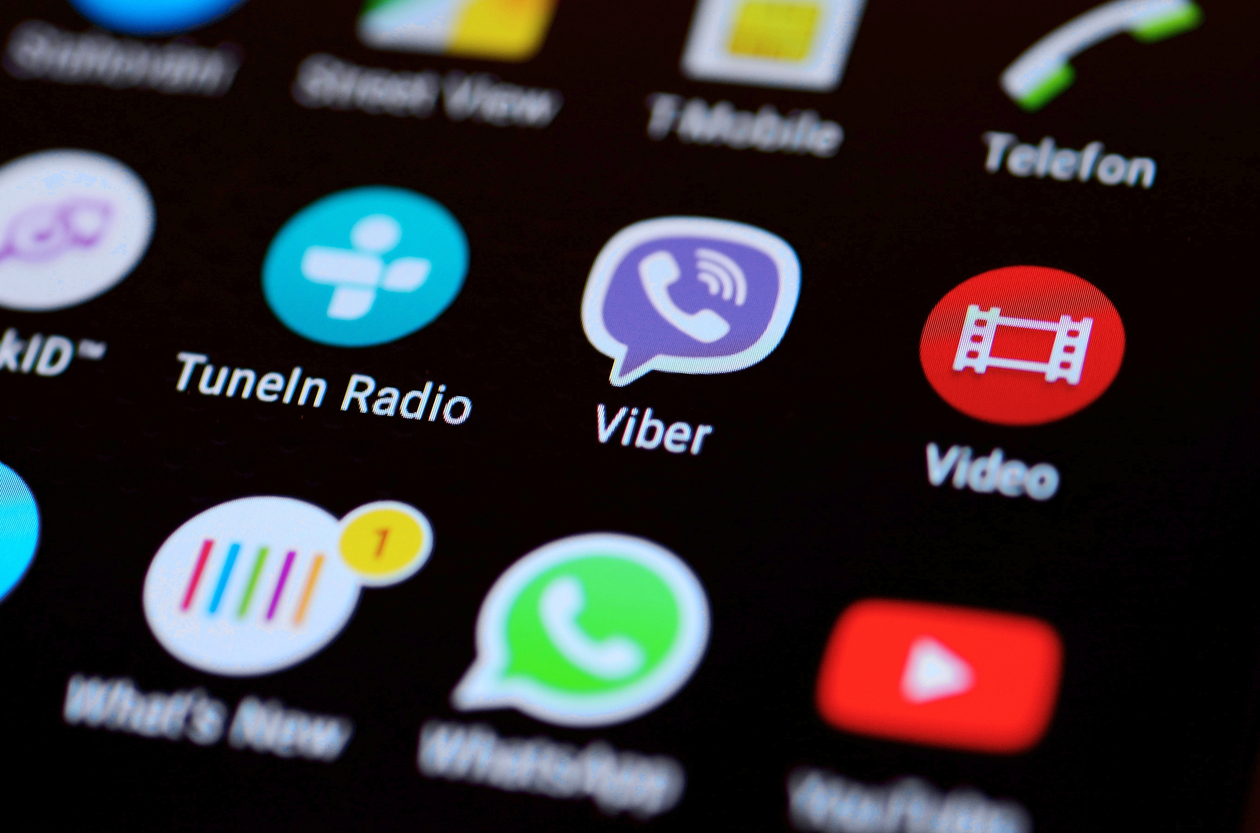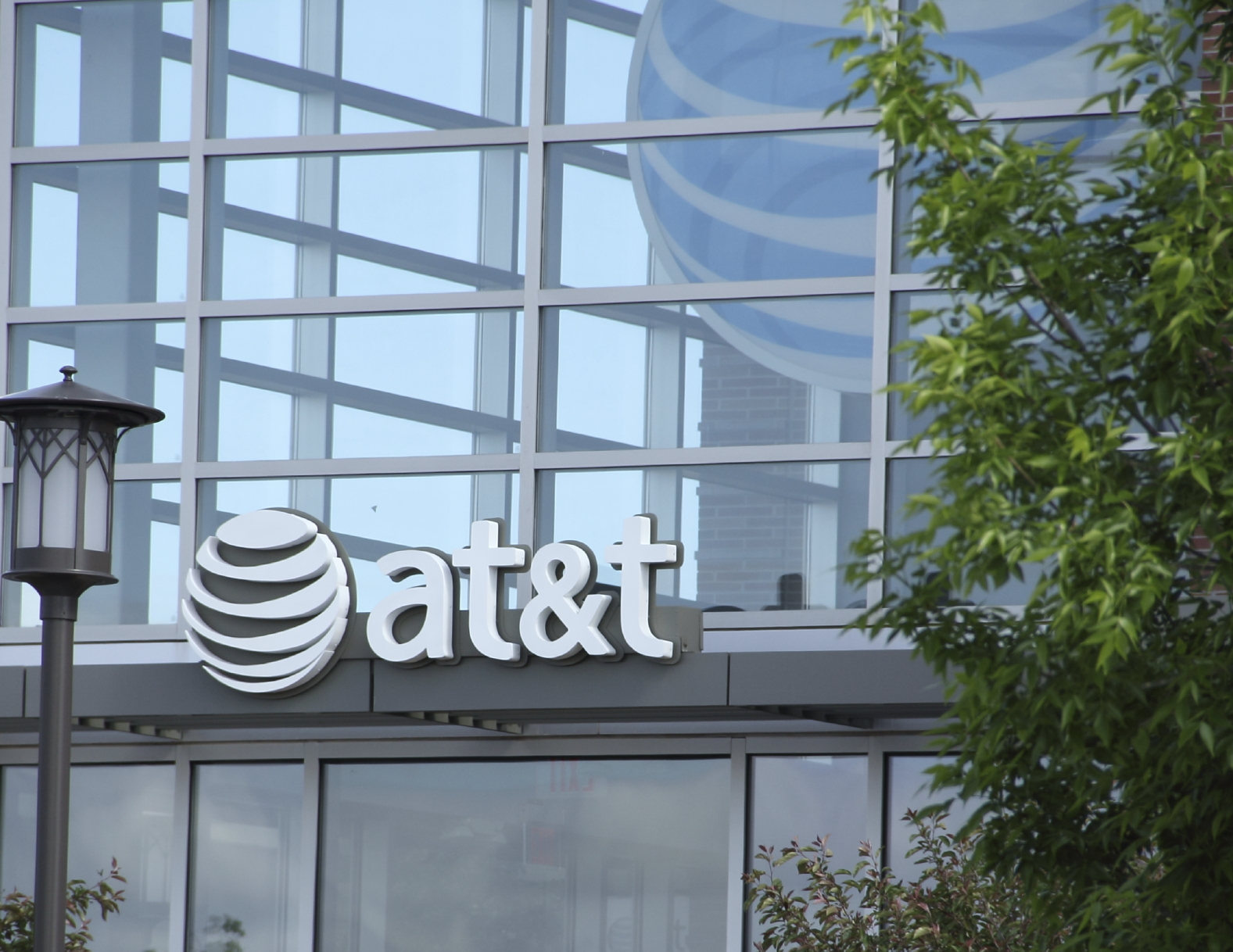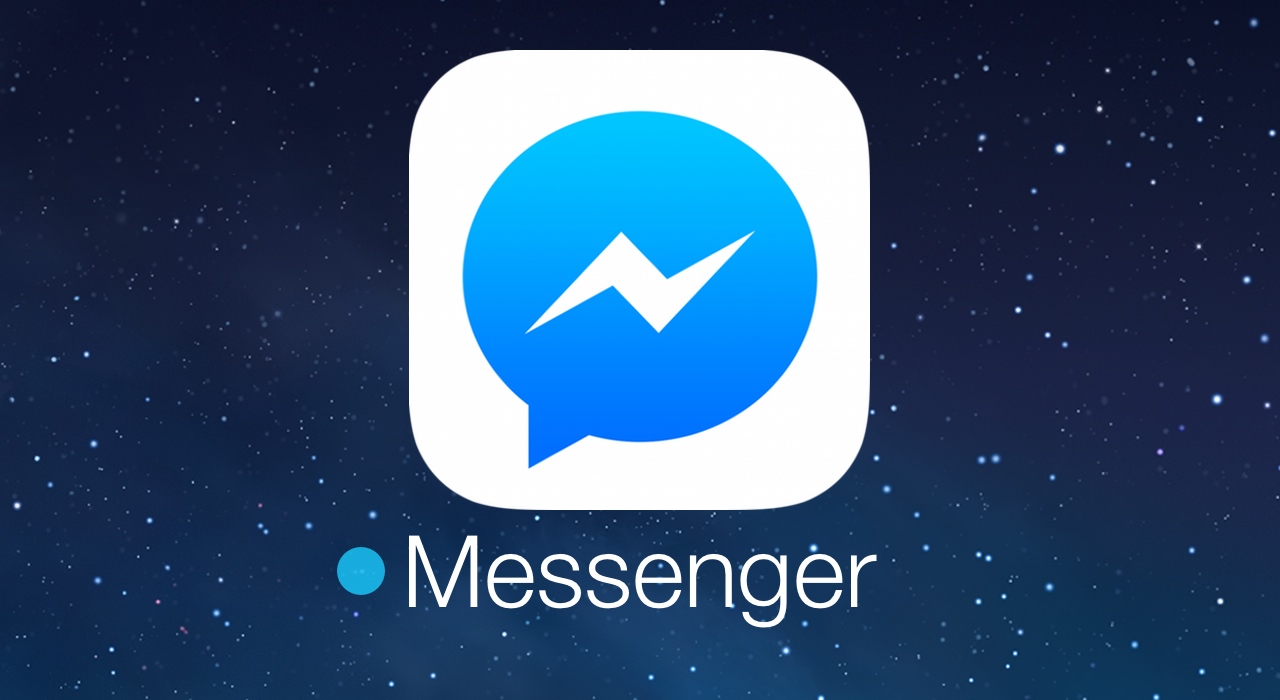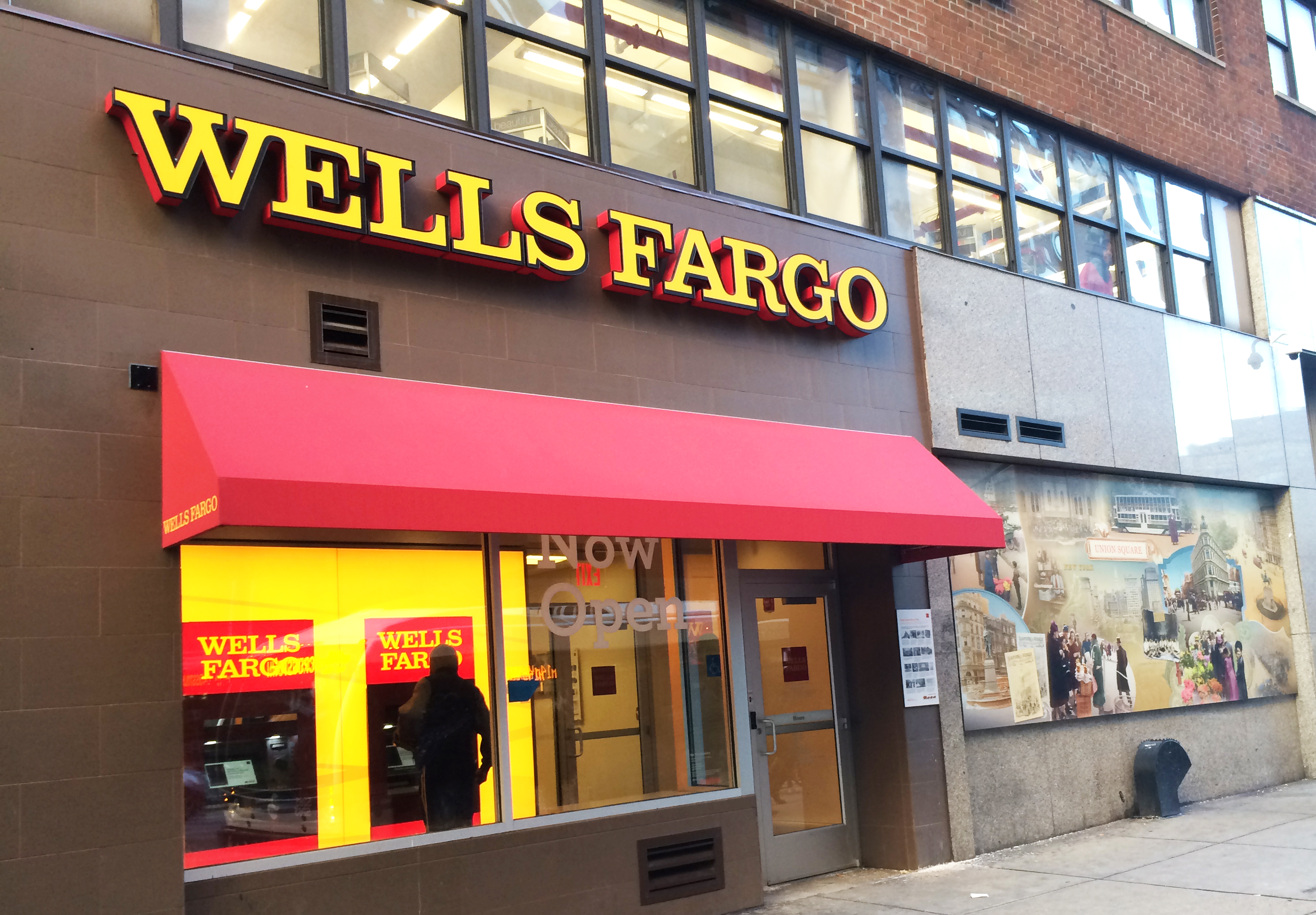What Happened
Facebook has updated its Messenger platform to allow chatbot developers to disable the natural text input in bot conversations, instead relying on a pre-configured menu of topics and replies to guide users to discover the information they need or perform a certain task. Facebook Messenger first introduced Quick Reply buttons to speed up conversations, and has since expanded it to guide more parts of consumer-bot conversations. With the latest update, now brands can devise a chatbot experience that feels less like chatting to a friend and more akin to navigating a barebone mobile app.
What Brands Need To Do
The move away from conversational replies, whether already formatted or freely typed, diminishes the magic of chatbots by limiting the conversations to pre-set topics. At the moment, it is too early to tell whether this update marks a shift in Facebook’s strategy in building its chatbot platform, or whether a significant amount of brands will take the easy way out and opt for a less native and conversational experience. Nevertheless, this update reveals two important trends in branded chatbot – one being that brands are having difficulties to craft a natural conversation flow to adequately serve customers, and another being that most AI powering the chatbots not mature enough to handle a freestyle conversation in natural languages.
At the end of the day, this is a symptom of growing pains in the development of conversational services, and Facebook’s update will serve as a temporary fix for brands wishing to establish the presence on Messenger but don’t necessary have the resources or technological capability to build a full-blown chatbot.
How We Can Help
The Lab has extensive experience in building Alexa Skills and chatbots to reach consumers on conversational interfaces. So much so that we’ve built a dedicated conversational practice called Dialogue. The “Miller Time” Alexa Skill we developed with Drizly for Miller Lite is a good example of how Dialogue can help brands build a conversational customer experience, supercharged by our stack of technology partners with best-in-class solutions and an insights engine that extracts business intelligence from conversational data.
If you’d like to learn more about how to effectively reach consumers on conversational interfaces, or to leverage the Lab’s expertise to take on related client opportunities within the IPG Mediabrands, please contact our Client Services Director Samantha Holland ([email protected]) to schedule a visit to the Lab.
Source: Marketing Land
Header image courtesy of Facebook’s Messenger blog
